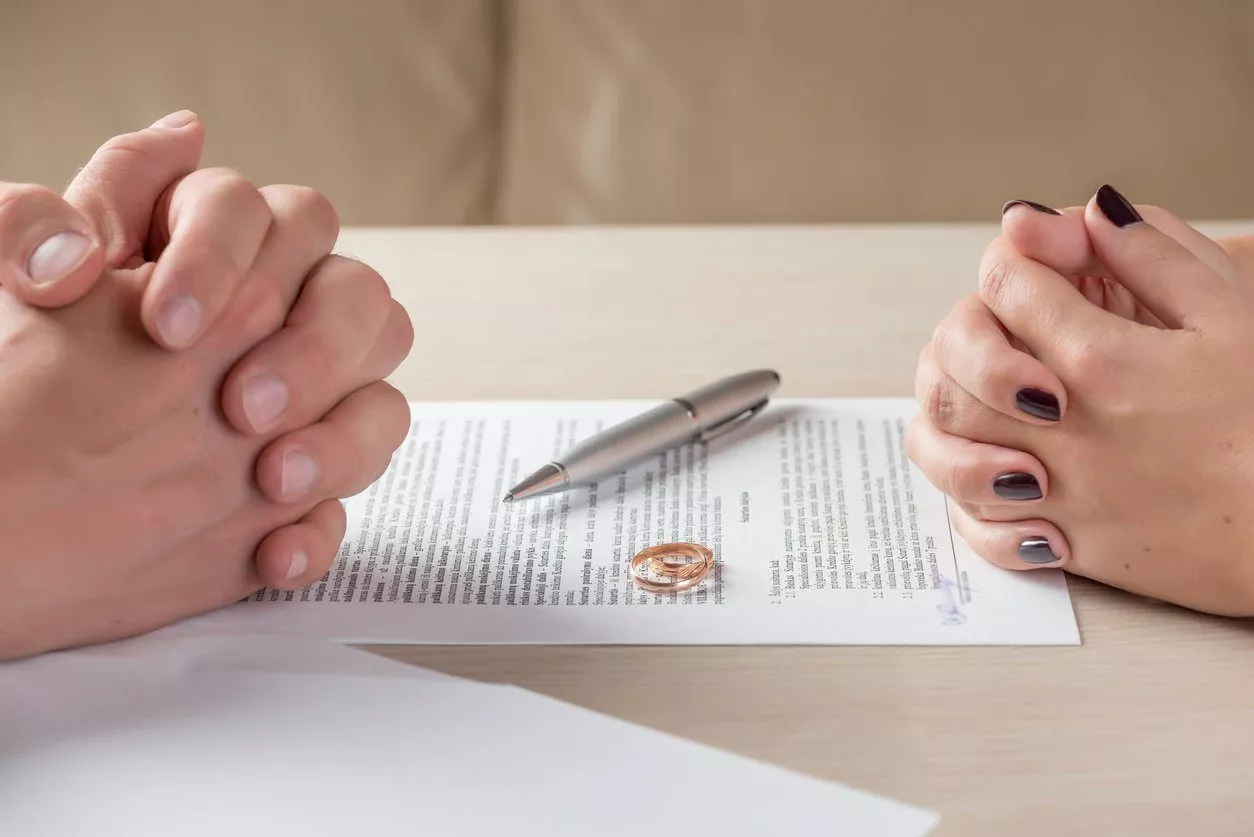The divorce process is not a simple one. If you find yourself about to go through with a divorce, then there are a few issues that you should know about. One of those issues is the impact of no fault divorce in your divorce proceedings. Find out how a no fault divorce differs from a fault divorce. Then, find out how it can impact your case.
What Is a No Fault Divorce?
A no fault divorce is a divorce in which you don’t need to prove that your spouse takes any blame for the divorce. Instead of proving fault on his part, all you need to do is tell the reason for your divorce. If the state honors that reason, then the state will recognize your divorce. In most situations, one of two reasons satisfies the requirement for a divorce. First, there is the issue of “irreconcilable differences.” Another common issue is an “irreparable breakdown” of a marriage. In either situation, most states will recognize the divorce. It means that the couple cannot make the relationship work, even with effort. If you and your spouse are at an impasse and can’t get past it, then you have irreconcilable differences or breakdown. There is no fixing your relationship.
In a fault divorce, your spouse can’t object to your divorce petition. If you try to, the court won’t recognize it. The divorce will still become a reality.
Who Recognizes No Fault Divorce?
Every state recognizes no fault divorces. However, some states have specific requirements. For example, some states require you and your spouse to live apart before you file for divorce. The time that you need to live apart depends on your state’s laws. This trial separation confirms that you and your spouse no longer want to be together.
What’s a Fault Divorce?
Fault divorces are not very common. In some states, you can’t get a fault divorce. If your state does grant fault divorces, then one spouse blames the other for the divorce. Before a judge grants a fault divorce, that spouse needs to show proof that the other party is actually to blame. To better understand fault divorces, you should consider the situations that qualify for a fault divorce. Here are a few examples:
- Adultery
- Prison confinement
- Causing emotional or physical pain
- Abandonment
- The inability to have sex
In some cases, both spouses ask for a fault divorce. If both parties are to blame, then the judge chooses the individual who shoulders the least of the blame. When this occurs, the court calls it comparative rectitude. It’s up to the court to decide who takes the least blame.
The Benefits of Fault Divorce
Filing for this type of divorce comes with a few benefits. If you want a fault divorce, then you don’t have to worry about a period of separation. Unlike no fault divorces, there is no trial separation in fault divorces. No matter where you get your divorce, you can get it immediately.
Another benefit is the outcome. If a judge grants you a fault divorce, then he may also grant you a larger amount of support or property. With this type of divorce, you could get much more from your spouse.
Which Should You File For?
For some people, a fault divorce is the better option. This is true if your spouse acted in a way that fits the requirement for a fault divorce. By filing for this type of divorce, you could get a better court outcome.
It’s also important to consider where you live. If your state does not recognize fault divorce, then a no fault divorce could be your only option. You should understand your state’s laws regarding divorce. Then, you can better understand which type of divorce would have better results.
Flexibility for Filing
You do have some flexibility when it comes to filing for your divorce. In most states, you need to be a resident of the state for a certain period before you can file for divorce. However, Washington, Alaska, and South Dakota have no time requirement. To file there, you merely need to be a resident.
If you can legally file for a divorce in multiple states, then you should choose carefully. If you choose to file in a different state than you live in, then you could encounter problems. For example, you would need to travel to that state to revise any provisions in your divorce. This can be costly and inconvenient.
Handling Your Divorce
If you need to get a fault or a no fault divorce, then you might have a few questions. The best way for you to get answers to your questions is to contact a lawyer. Your lawyer can answer your questions and explain your state’s divorce laws. Then, you can make better decisions about your divorce. Contact a lawyer today to get started.


 CALL US NOW
CALL US NOW










